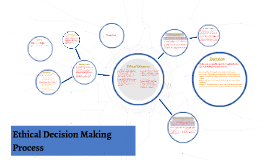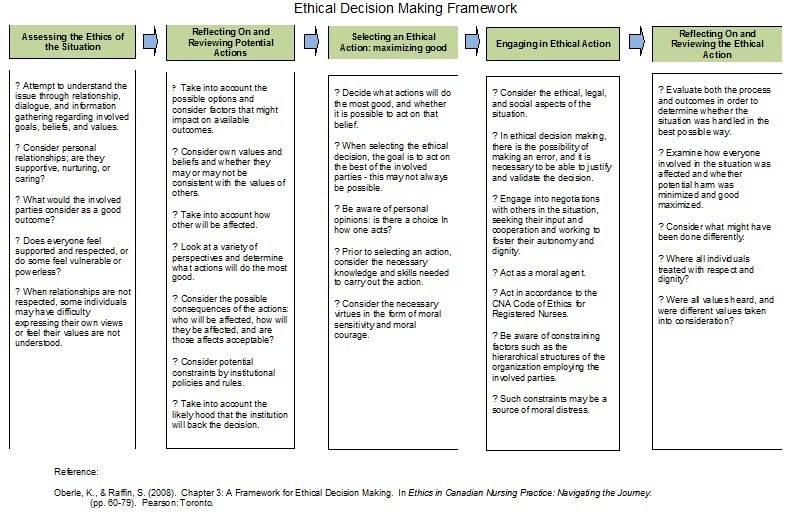

Here is the four-step approach I use when considering whether my behavior is ethical. Too many instructors talk about the black-and-white issues-what is clearly inappropriate and what is not-but then follow-up by talking about the “gray areas.” Perhaps I will get some emails after you read this piece, but to me ethics is black and white-the gray areas are very rare. I have attended many training programs that addressed the “ethics” issue. Everything done in public safety operations has got to be done at the highest level of ethics and integrity! I am suggesting any cop or firefighter or EMT or corrections officer who is thinking about “crossing the line” should realize there will be a record of that transgression popping up downstream. Then you would have thought when government surveillance cameras and business cameras and residential doorbell cameras became virtually ubiquitous, every cop would know that everything any cop does has the potential to be videoed-and once again that ended up not being the case.ĭo not get the wrong message here! I am not suggesting we behave properly and ethically only because there is the high probability of a permanent video record of our actions. More surprisingly, that was not the case. Then you would have thought when cops started wearing BWCs (Lieutenant, that means body-worn cameras), every cop wearing a BWC or working around another cop wearing a BWC would know that everything they do has the potential for being videoed. One would have thought, post-Rodney King, every cop would know everyone has video capabilities and that everything done by every cop in America has the potential to being videoed. That goes for everyone in public safety, too, from corrections to EMS to the fire service and 911 dispatch.Īllow me to digress for just a moment. There are no more secrets in police operations every cop should know that everything we do must be done at the highest levels of ethics and integrity. In my live programs I spend a lot of time on ethics-which (along with transparency) may well be the hottest topic in law enforcement today. To me ethics is black and white-the gray areas are very rare. You have checked policy and past practice and the next query is, “Am I doing the right thing here?” It is important to note that doing things right is not enough-you must do the right thing right! You must incorporate ethics into your decision-making process. And please remember that if you want to deviate from the norm, you must have specific, articulable facts to justify that deviation.Ĭontinuing on, Step 6 of the process is the “ethics” component. Step 5 of the process is to ask, “How have we done it before?” If you are properly using your discretionary time, you will ask this question. In the last article, I focused on the importance of consistency in decision-making-not just individual consistency but also organizational consistency. If you learned something new, share it with your peers.

Document as necessary why you did what you did.Remember it is not too late to go back to #1 to make sure you are still headed in the right direction. What are the consequences of my actions? Smart people consider consequences before they occur.What are the ethical issues involved in this event? We must be concerned not just about doing things right but doing the right thing right.What is our past practice in this type of event? You may not have handled this type of event before, but maybe someone in your organization has.If there is no policy, refer to the mission statement of your organization and make sure your action is consistent with this statement.

#ETHICAL DECISION MAKING PROCESS HOW TO#
If not, hopefully you picked this up on your risk assessment and through constant training have learned how to best act in this situation.

Here is a quick recap of the decision-making process I put together some 35 years ago: Gordon Graham here, continuing the focus on decision-making. Editor’s note: This article is part of a series.


 0 kommentar(er)
0 kommentar(er)
